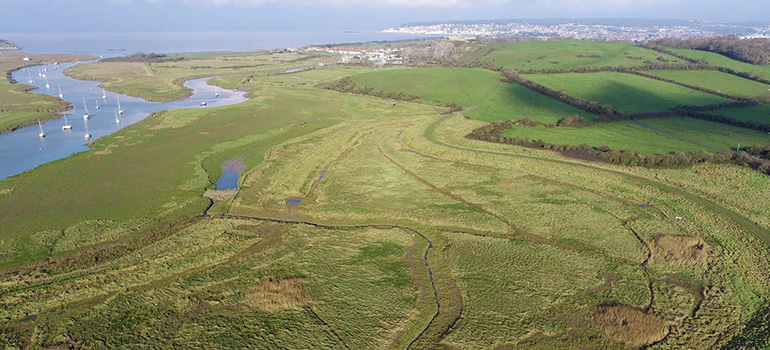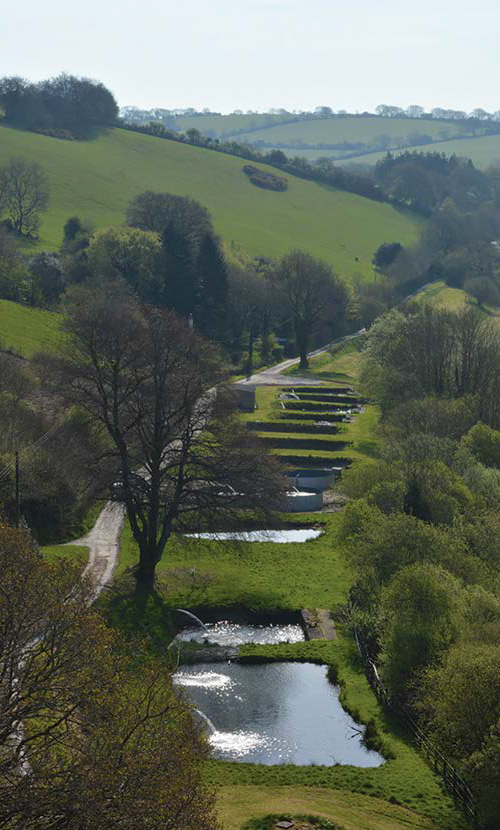- Home
- Our purpose
- Increased biodiversity
- Conservation, Access and Recreation
What is CAR?
Under the Water Industry Act 1991, we have duties to:
- conserve and enhance wildlife, geology and archaeology
- maintain public access to places of natural beauty
- make water and land available for recreational purposes.
Our conservation, access and recreation work helps us meet our goal of having a landholding where biodiversity can thrive and visitors have access to the natural environment.
Our land across our region
We own hundreds of sites and landholdings across the region, ranging from pumping stations and large treatment works to reservoirs, lakes and nature reserves.
As our region is incredibly rich in wildlife, many nationally and internationally protected species and habitats can be found on our land.
We aim to ensure our land is well-managed to support wildlife, while also ensuring there is public access to our facilities where necessary.
Our landholding consists of many different habitats including:
- chalk grassland sites in Wiltshire
- heathland habitat in Dorset
- open water, marsh and fen in Somerset
- ancient woodland around Bath.
We are continually working to maintain these sites, some of which have the very highest levels of protection under UK and European law, including nearly 300 hectares of land designated as Sites of Special Scientific Interest (SSSI).

Our aims
As reflected in our Biodiversity Action Plan, our goal is to conserve and enhance our land to improve biodiversity for the benefit of wildlife. We aim to have a landholding which is rich in wildlife and contributes to the wider region’s biodiversity, while also working to halt or reverse the loss of our land.
Achieving our aims
To achieve our aims, we manage our land in a way that maintains its current level of habitats and diversity, as well as looking for opportunities to extend, enhance or restore habitats where possible.
Additionally, we ensure that our land contributes to landscape-scale habitat diversity and connectivity, promoting ecological networks beyond our land where appropriate.
It is also important to us that our sites contribute positively to the local environment in both rural and urban areas.
How we enhance our land
We are enhancing our land by:
- managing our SSSI landholding to achieve and maintain favourable conditions in compliance with national targets
- carrying out projects to include detailed surveys and targeted management on key sites for wildlife and public enjoyment
- assessing all land for biodiversity value, including the presence of protected and priority habitats and species
- managing sites with protected or priority habitats and species appropriately to minimise impacts on wildlife and operational processes
- working to remove invasive non-native species from our sites or prevent their spread
- developing a comprehensive dataset on biodiversity and management, including GIS maps
- looking for opportunities to improve, enhance or extend habitats of intrinsic value or for protected species
- improving access to appropriate sites and interpretation of their wildlife interest
- delivering internal training on conservation management and the legal issues regarding working with wildlife
- investigating options for tree planting or other beneficial conservation management to improve urban sites, both for wildlife and the community.
How we are restoring priority habitats
As part of the Water Industry National Environment Programme (WINEP), we have started several new projects including one to restore and create priority habitats across at least 25 hectares of our land.
We’ve prioritised sites where a project could contribute to the principle of ‘more, bigger, better and joined’ as set out in the government’s 2010 Making Space for Nature report, looking not only at land we own, but how it sits within the wider landscape.
We want to make a real difference at these sites, improving and creating priority habitats such as mixed deciduous woodland, lowland grassland, ponds, lowland meadows and saltmarsh, and benefiting their associated wildlife.
Using detailed aerial footage of the sites and completing soil testing, we can accurately map the existing habitats and determine what habitat restoration is feasible.
Three locations are the focus of the opening phase of this project:


Making a real difference
Conservation, Access and Recreation Report
This report summarises some of the progress we have made towards meeting our long-term conservation, access and recreation goals during 2024-25.
